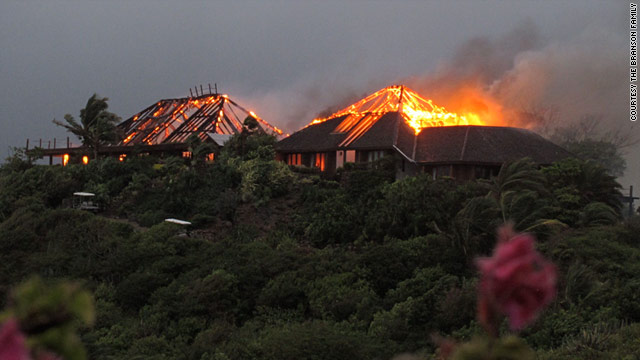
Venus Williams departed the Billie Jean King National Tennis Center on Wednesday with downcast eyes, staring at an uncertain future after revealing she had received a diagnosis of Sjogren’s Syndrome, an autoimmune disease that causes fatigue and joint pain.
Williams, who missed the hardcourt season with what had been described as a viral illness, withdrew from the United States Open minutes before she was due on court at Arthur Ashe Stadium for her second-round match against No. 22 Sabine Lisicki .
Williams, 31, was unseeded for the first time since 1997, when she advanced to the final in her Open debut. Appearing in her 13th Open, she had pulled the curtain back on a game that looked robust, if a tad rusty, in her 6-4, 6-3 victory over Vesna Dolonts on Monday. She had aspired to become the first Open women’s singles champion over 30 since Martina Navratilova in 1987.
For Williams, the withdrawal brought the end to a Grand Slam season that began with a hip injury and third-round exit at the Australian Open.
She was in her match clothes when she emerged from one private room in the bowels of Ashe Stadium and, trailed by a security escort, disappeared behind a closed door of another room with restricted access.
As she left the grounds, a statement was distributed in the press room in which Williams expressed disappointment over having to withdraw. “I enjoyed playing my first match here,” she said, “and wish I could continue, but right now I am unable to. I am thankful I finally have a diagnosis and am now focused on getting better and returning to the court soon.”
Those stricken by Sjogren’s Syndrome are predominantly female and usually receive a diagnosis in their 40s, said Dr. Joanne F. Shen, an ophthalmologist at the Mayo Clinic in Arizona who treats patients with the disease because dry eyes are among the symptoms. The fatigue that characterizes the disease can be debilitating, Shen said. “It would certainly interfere with my ability to do my job,” she said, adding, “I see patients really not getting back to their previous level because of the fatigue.”
Williams, a seven-time major champion and two-time Open titlist, has played 11 matches on the women’s tour this year. After defeating Dolonts, ranked No. 91, she spoke of how she was managing an energy-sapping condition and, for most of the summer, “I just couldn’t play pro tennis.”
She added: “Just to miss so much time off tour was just disheartening. But I’m just really excited to be back.”
Throughout her 17-year pro career, Williams has consistently refused to talk about injuries or illnesses, adopting the attitude that if she is entered in a tournament, she is healthy enough to play. But her mother, Oracene, said Wednesday that Williams’s health “is something that’s been worrisome for a long time.”
Her mother waited for her daughter on Wednesday in the foyer with Isha Price, one of Williams’s five sisters. At length they were joined by Williams’s agent, Carlos Fleming, who said, “I’m worried, yeah, of course.” When pressed, he said, “I think that’s as forthright as I can be right now.”
Williams ascended to the No. 1 ranking in February 2002, becoming the first African-American woman in the Open era to reach the top. It was not long before her younger sister Serena was sprinting down the path she paved, rising to No. 1 in July of the same year. Between 2000 and 2005, the Williams sisters dominated the women’s game, combining for 11 Grand Slam singles titles and 4 Grand Slam doubles crowns.
They squared off in the Open’s 2001 women’s final, the first held at night for a prime-time audience, and again in 2002. Williams won in their first final and relinquished her crown to her sister the next year. She has not made an Open final since. Her last Grand Slam title came at Wimbledon in 2008.
“A lot of the battle is just trying to be fit and stay healthy,” she said Monday after her first-round match. “Sometimes I’ve been losing that battle a lot.”
In an aside that, in retrospect, read like foreshadowing, Williams also said, “I started to get down this summer because all these things are out of my control.”
Asked Monday if she had the stamina to play a long match, and to string six more victories together over the next two weeks, Williams said: “I don’t know. I think I can do what it takes, but I guess I’ll have to see. I think I’m O.K.”
Lisicki, who has a 1-1 career record against Williams, said she was in the locker room preparing for the match when she received the news of the withdrawal.
“I heard she practiced as usual,” Lisicki said. “I saw her in her match clothes so was fully prepared and really looking forward to the match. I hope she will be fine quick.”




























